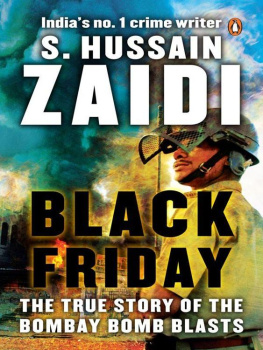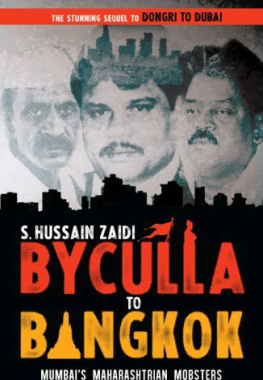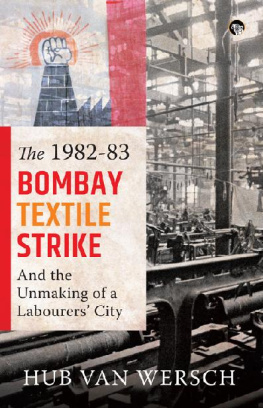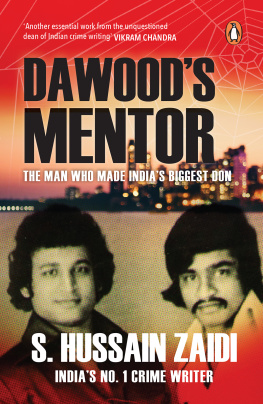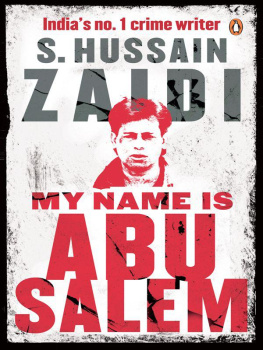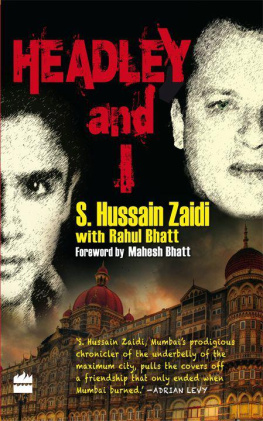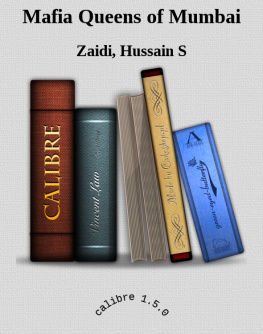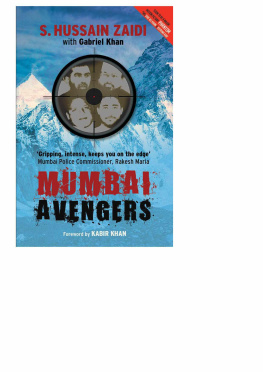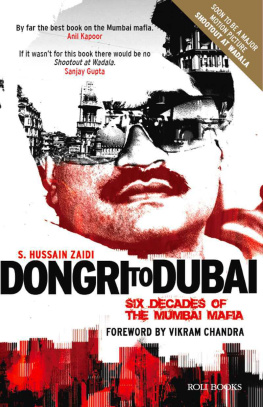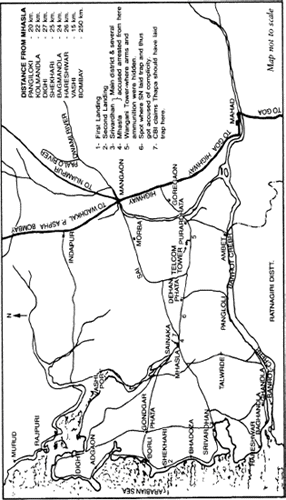S. Hussain Zaidi is a Mumbai-based journalist, a veteran of investigative, crime and terror reporting. He has worked for the Asian Age, Mumbai Mirror, Mid-Day and Indian Express. His previous books include bestsellers such as Black Friday, Mafia Queens of Mumbai, Dongri to Dubai and Byculla to Bangkok. Black Friday and Dongri to Dubai have been adapted into the Bollywood films Black Friday and Shootout at Wadala respectively. He lives with his family in Mumbai.
Praise for the book
[Zaidis] writerly voice [is] that of a newspaperman: grim, controlled, often more notable for substance than style. His writing... displays an acute eye for emotional detailMint
GrippingDeccan Herald
[A] taut account... Zaidi provides the complete picture: of the investigators who pursued the terrorists and of the people of Bombay, who handled the tragedy with rare resilienceBusiness Standard
The crime reporter has built up a reputation for scoops and access to elusive criminalsTime Out
[Black Friday puts] the entire cataclysm into perspective. Page after page of revisited horror reveals new facets of corruption, new angles to the politicianMafia nexusFirst City
Also by the same author
Mafia Queens of Mumbai: Stories of Women from the Ganglands (with Jane Borges)
Dongri to Dubai: Six Decades of the Mumbai Mafia
Headley and I
Byculla to Bangkok
My Name Is Abu Salem
For my parents,
Ashfaq Hussain and Khatoon Jahan
Also for the little angels who brought so much joy into my life, Kumail, Fatema, Narjis and Ammar
City Map with Bomb Sites
Maps not to scale
Landing Sites
Prologue
That the day could hold anything unusual was far from the minds of Bombays thirteen million people when the city woke up to the start of another sweltering day on 12 March 1993. The monsoons were still three months away, but the temperature was already 32C and the relative humidity seventy-two per cent. As office-goers rushed to work in the citys overcrowded trains, the heat was the favourite topic of conversation. Some discussed the national judo championship beginning that day for which nearly five hundred judokas had gathered.
A large percentage of the office-goers were headed for the Fort area in southern Bombay, the commercial heart of not only the city, but of the country as well. This small area, named after the British fort that once stood there, grew into the commercial hub early in the eighteenth century. Today it houses the headquarters of several banks, including the Reserve Bank of India(RBI), and large corporate houses besides the Bombay Stock Exchange (BSE), the oldest stock exchange in Asia and the largest in the country. Business worth hundreds of crores was transacted at the BSE every day.
Despite the heat, it was work as usual on Dalal Street, often called Bombays Wall Street. The frangipani drooped visibly in the nearby St Thomass Cathedral, but the prospect of the weekend had not yet cast its ennui over the milling crowds within the stock exchange. This Friday the trading ring on the BSEs first floor was packed with about 4,000 people. Friday was the day of badla trading, when residual shares are disposed of before the stock exchange shuts operations for the weekend.
At lunchtime Dalal Street, and the surrounding area, transforms itself into a food paradise, guaranteed to satisfy all stomachs and wallets. The choices range from mounds of yellow rice, dosas turning a crisp brown in the large griddle, chaat, heaps of noodles with white sauce, piping hot toasted sandwiches and paav-bhaji. At the junction of every footpath, jostling for space with pedestrians and sandwich-makers, are peanut vendors and fruitwala bhaiyyas with gravity-defying pyramids of fruits seldom seen in the regular market.
Trading closed at 1.30 p.m. There was a bell at 1 p.m., which signalled the last half-hour of trading and was often the cue for people not involved in trading to leave the building for lunch. A second bell would be sounded half an hour later to signal the end of trading. By this time, most of the people would have left the trading hall.
On that Friday, what was heard at 1.28 p.m. was not the shrill ring of the BSE bell but a muffled boom.
To the people milling around outside, eating lunch, the scene before them transformed suddenly from the familiar to the unimaginable. Smoke drifted out from the BSEs basement; blood-splattered survivors trickled out of the building. The Bank of Baroda branch on the ground floor was blown apart. Around them, a few of their fellow-eaters and food vendors on the roadside were also killed from the impact of the bomb.
The force of the explosion carried right up to the tenth floor, where the windowpanes shattered. Mild tremors were felt up to a radius of 300 metres, and the sound carried over the busy hum of traffic to the Victoria Terminus (VT) a kilometre away. The cheek-by-jowl buildings in the densely populated area around the BSE, some of them dating back to the early half of the century, were shaken by the explosion.
Inside the BSE, the scene was chaotic. Most of the people in the basement and mezzanine had been killed. The roof of the underground car park had caved in, flattening vehicles and trapping men. The state-of-the-art EPABX system, costing Rs 1.5 crore and the lifeline of the stock exchange, had broken like a toy.
The first thought of those who survived was to get to safety. The lifts were still running and stairways were intact. The result was a stampedeseveral men and women were injured and crushed to death in the panic. Some people on the seventh floor used the drainage pipes to slide down.
Outside the BSE, the street was covered in a macabre mosaic of blood, limbs, glass and share application forms. The mounds of food, so attractive just minutes ago, were now splattered with the remains of peoples bodies.
Twenty-six-year-old Babu Murty had heard that Bombay was the city of gold and that if he worked hard, one day he could have his own clothing store. He ran a sandwich and samosa stall outside the BSE on weekdays. On weekends, when Dalal Street was deserted, he hawked T-shirts near the Gateway of India. But despite his spirit and grit, he didnt stand a chance. He was killed almost instantly as flying shards of glass and debris pierced his body. He was rushed to the state-run Jamshed Jeejeebhoy (JJ) Hospital in Byculla but it was too late.
Four brothers of a migrant family from northern India ran a sugarcane juice stall near the BSE. The fifth brother returned shortly after the blast to find his siblings lying in a pool of blood. They did not live the short distance to the Gokuldas Tejpal (GT) Hospital, run by the city corporation.

